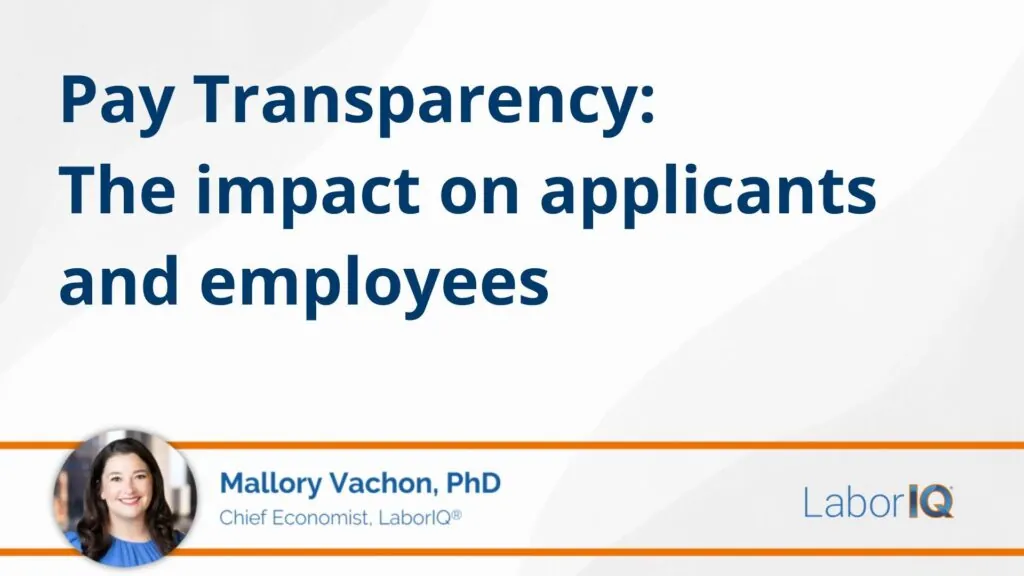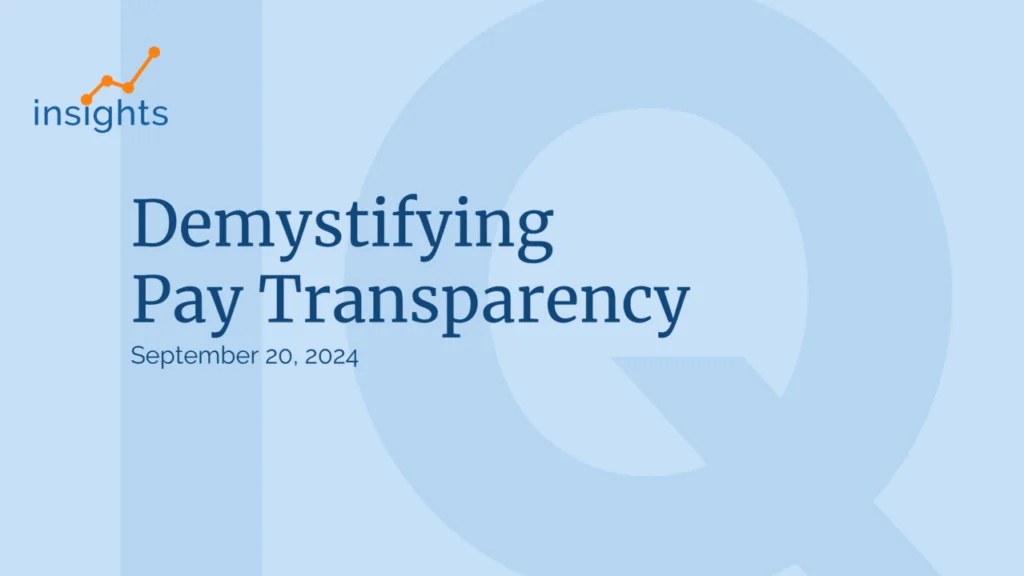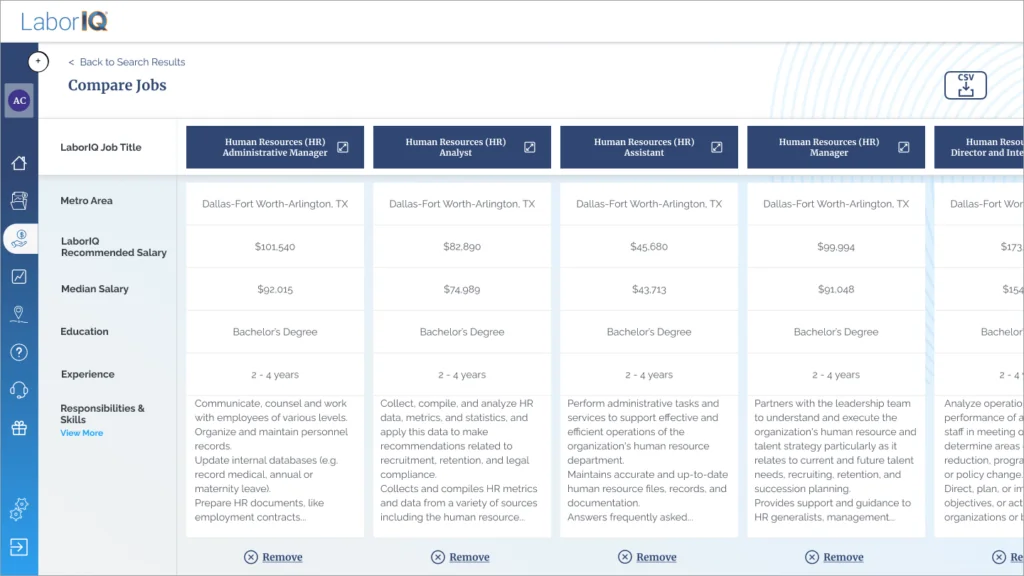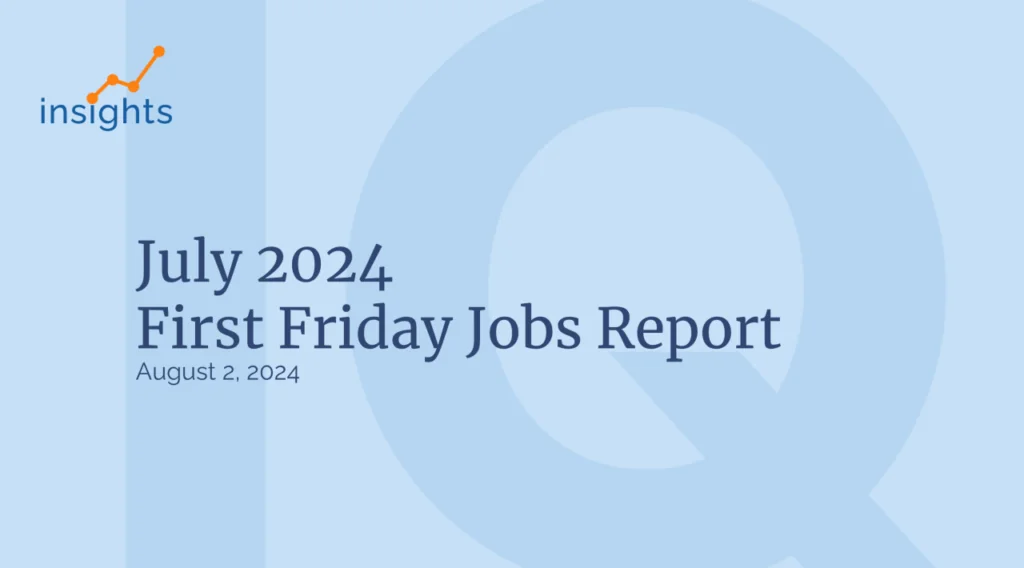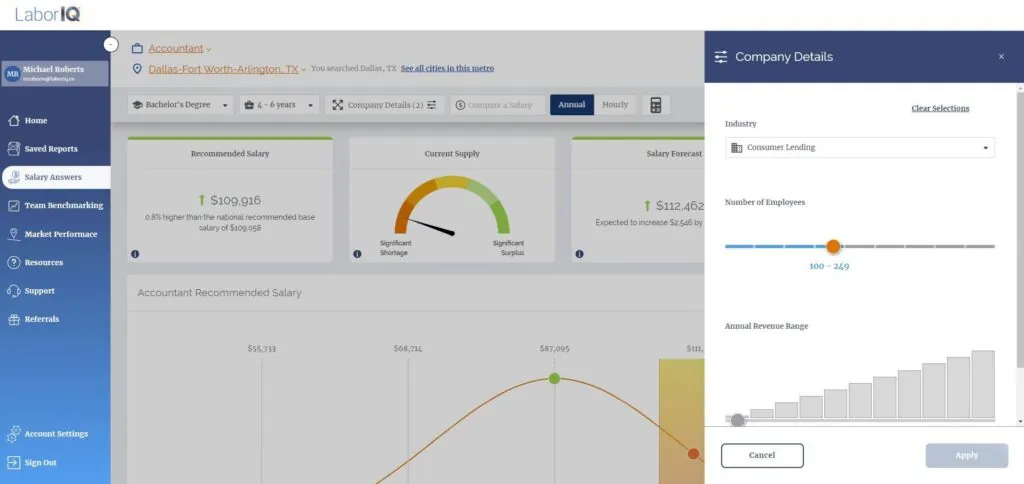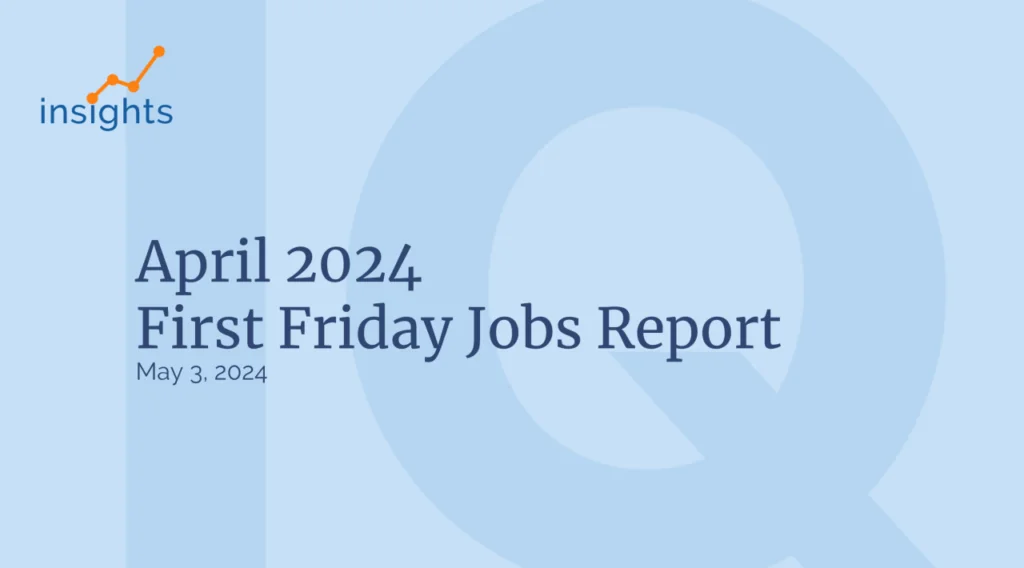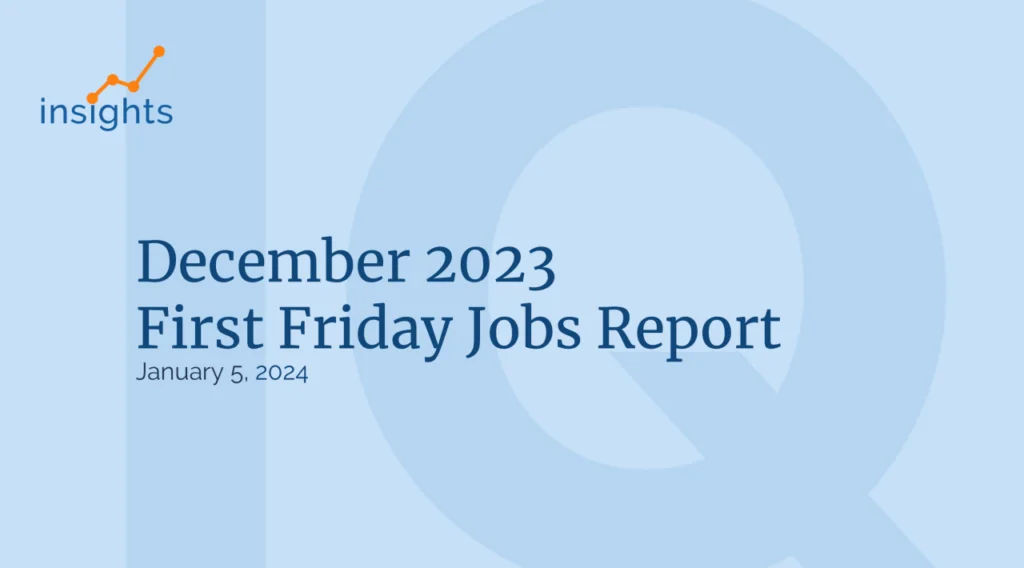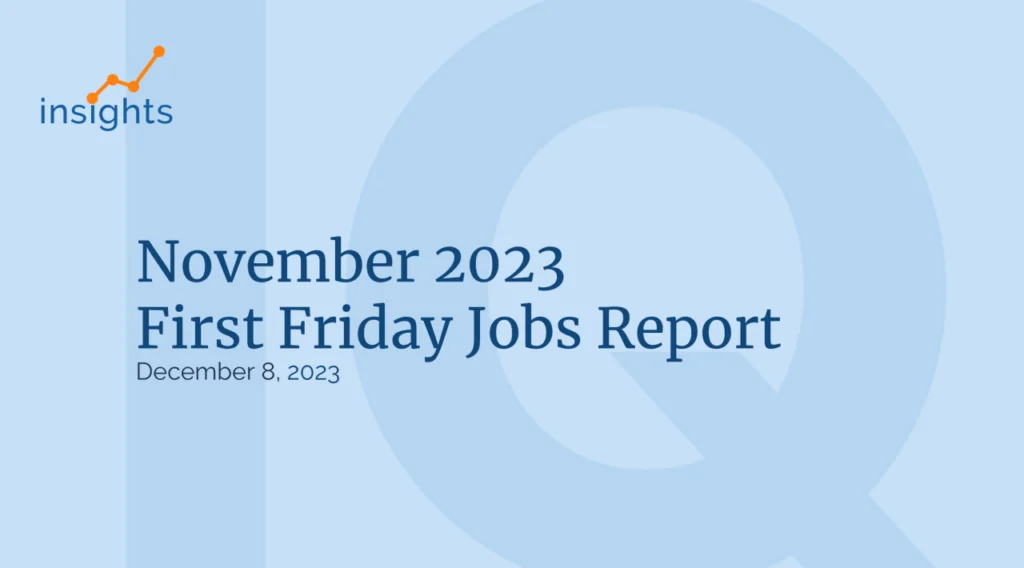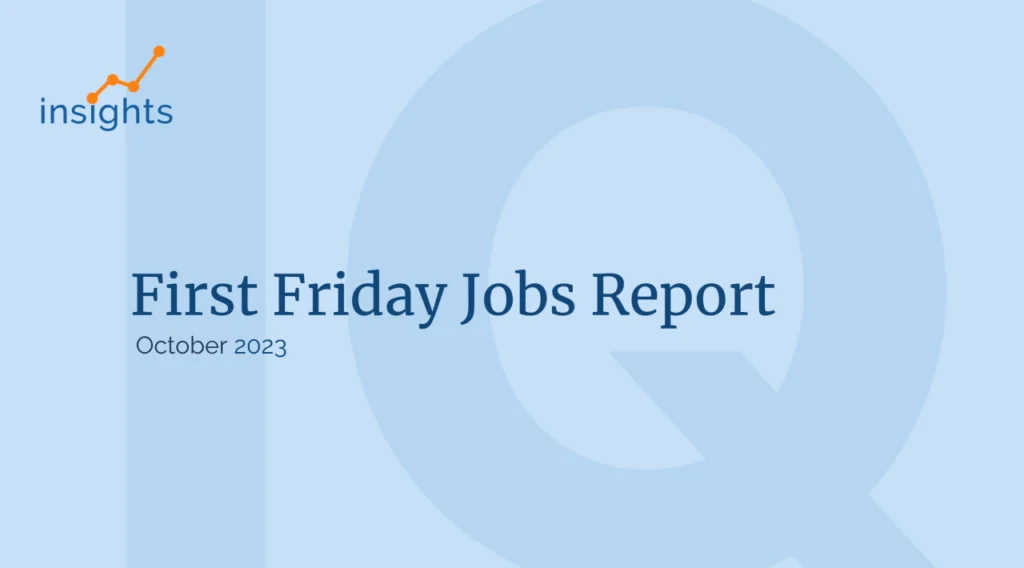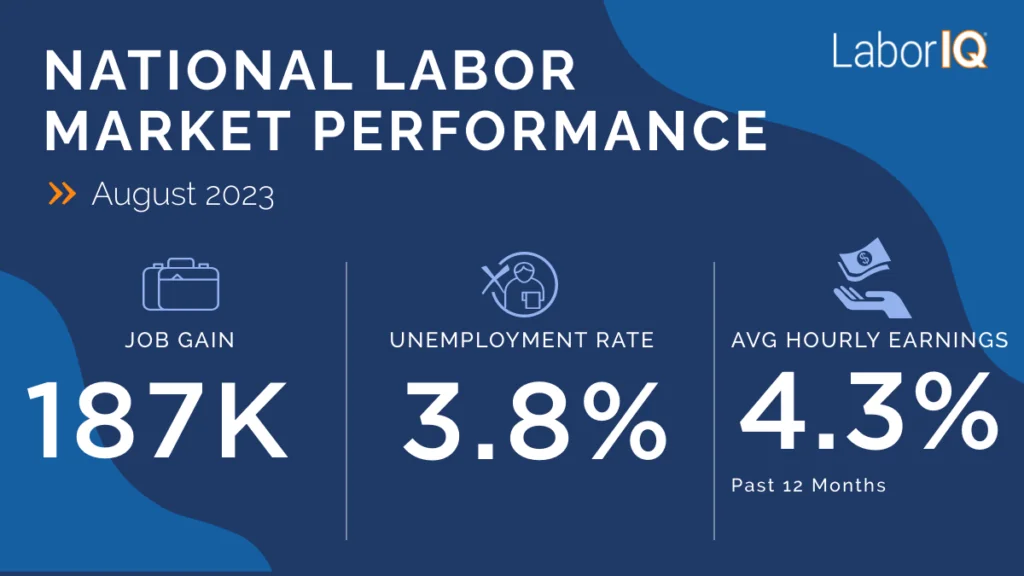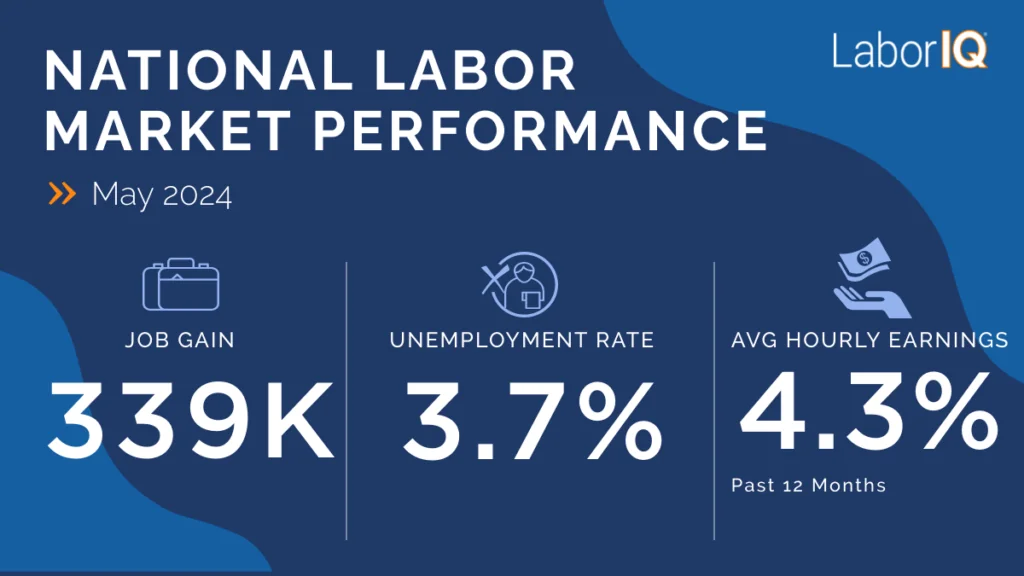If you haven’t created them already, you’ve seen an explosion in the use of pay ranges in job postings, interviews, and compensation strategy planning.
Because of the recent adoption of pay transparency laws, along with employee demand for clarity around pay, businesses are opting to formalize their pay structures and philosophies with established pay bands for each role in their organization.
Pay bands are on their way to becoming the cornerstone of compensation structures, allowing for the categorization of positions based on responsibilities, skills, and compensation.
Why are pay bands suddenly so important? In this first part of our series, we explore the fundamentals of pay bands and their crucial role in fostering transparency, equity, and compliance in organizations.
What is a pay band?
A pay band is a compensation range assigned to specific job roles (and levels) within an organization.
Ultimately pay bands are built to be flexible in accommodating variations in experience, skills, and responsibilities. Organizations can standardize their compensation structure, creating easier management and administration of salaries while ensuring internal equity and external competitiveness.
Why are pay bands suddenly so important?
The push to establish pay bands is largely driven by state and local regulations requiring businesses to share salary ranges with job applicants, internal employees, or both. Currently, more than 20 states or municipalities have active or pending pay transparency regulations, accounting for nearly one in three U.S. workers.
But even if pay bands aren’t required in your location, employee demands for transparency and fairness in compensation are leading many organizations to establish and share salary ranges as part of their talent attraction and retention strategies. Employees feel like they are being underpaid, with only 32% of employees believing that their pay is fair. Establishing pay bands, combined with communication to employees about the process and results, can build trust with employees and job seekers.
Employees increasingly want to know what new roles and opportunities exist in the market, and compensation is one of the most important factors when making the decision to apply for a new position. According to a recent LinkedIn study, 89% of respondents said that the salary range is one of the most helpful elements to decide whether to apply, and 82% of respondents said seeing a range would give them a positive view of the company.
Pay Bands: Why is the outcome worth the effort?
Transparency builds trust in the marketplace. We’ve already cited LinkedIn’s study that applicants view companies with ranges in a more positive light. Clearly defined ranges also help organizations communicate their compensation philosophy to existing employees, fostering trust and confidence in the fairness of their pay practices. Employees can understand how their compensation aligns with their position’s market value and how they can progress within the organization’s salary structure over time.
Some managers and leaders may struggle with the move to more transparent compensation practices, particularly if pay has not been completely equitable. Safeguarding salary and compensation information has long been a negotiation tactic to help secure labor and an economical cost. Many fear that the prevalence of pay bands will increase wage inflation, as most applicants may look at a range and seek compensation near the high end of the range. However, clearly defined experience and skill requirements for each pay band can provide talking points in compensation conversations with employees and job candidates.
There’s also a cost to developing pay ranges, but investing the time now could pay dividends for years to come. To establish pay bands, HR teams need to gather internal data on all roles and job hierarchies. Then, it’s important to source accurate compensation data to ensure pay ranges meet internal goals and follow any state or local regulatory requirements.
What’s Next
Looking ahead, we’ll dive into the practical aspects of pay band implementation. We’ll examine the intricacies of defining roles, complying with pay transparency regulations and sourcing the best data in the market to build your pay band structure.







